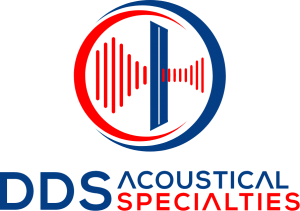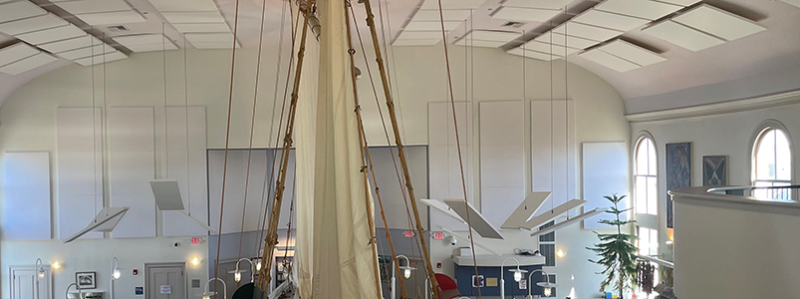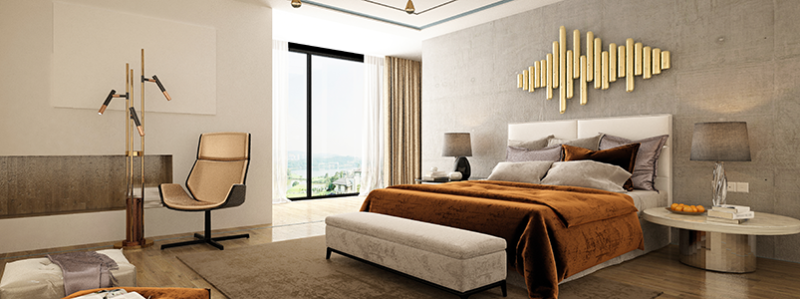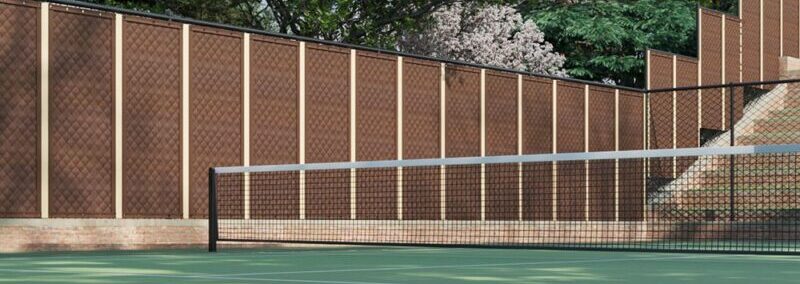
Quieting the Racket: Understanding Pickleball Noise and Effective Solutions
Pickleball, a sport amalgamating elements of tennis, badminton, and ping-pong, has witnessed a surge in enthusiasts. Amidst the excitement of each game, an unavoidable issue surfaces: the noise. The distinctive sound of the ball meeting the paddle, coupled with the shuffling of feet and conversations on the court, has raised concerns regarding noise levels, especially in residential areas and shared spaces. In this article, we will explore the reasons behind Pickleball Noise and Sounds and discuss practical strategies to manage them effectively.
The Origin of Pickleball Noise and Sounds
The resonant noise that fills Pickleball courts stems from the sport’s unique gameplay dynamics. Key contributors to the noise include:
Interaction of Paddle and Ball: The Pickleball paddle, typically crafted from composite or graphite materials, interacts with the perforated plastic ball. When struck just right, the ball produces a characteristic sound that reverberates across the court. This audible cue signifies a successful hit and adds an exciting dimension to the gameplay. This occurrence is the Pickleball noise and sound that is most often referred to as being an annoyance.
Court Surface: The type of court surface chosen significantly impacts the noise levels. Hard court surfaces, often made of materials like asphalt or concrete, can amplify the noise generated by player movements, ball bounces, and paddle strikes.
Player Proximity: Pickleball is predominantly played in doubles, resulting in four players occupying a relatively compact area. The close proximity of players and the shared boundaries between courts contribute to the accumulation of noise.
Energetic Gameplay: The game’s dynamic nature, with rapid rallies and swift movements, encourages players to hit the ball with enthusiasm and intensity. This lively style of play intensifies the noise generated during matches.
Reducing Pickleball Noise and Sounds
While the inherent noise in Pickleball adds to its appeal, finding a balance between the sport’s liveliness and the necessity for a quieter ambiance is essential, particularly in residential settings. Here are strategies to mitigate the noise associated with Pickleball:
Noise-Reducing Paddles: Manufacturers are actively exploring innovative paddle designs that dampen the sound of ball impact without compromising performance. These paddles incorporate materials or construction techniques that absorb shock and muffle the characteristic sound without altering the essence of the game. September, 2023 USA Pickleball announced a “quiet” category for products to help in Pickleball noise and sound reduction efforts.
Pickleball Noise Barriers: Installing noise barriers around the court that reflect sound can help contain the noise within the playing area. These barriers bounce back sound waves, preventing excessive noise from spilling over into neighboring spaces. When properly installed, these barriers can reduce sound levels by 8-10db. This is significant as 10db is a halving of perceived noise level.
Noise barriers are our specialty. We custom-design barriers to fit your court fencing, gates, and any other obstacles. It’s important to keep in mind the general rules of thumb for noise barriers and the acoustic shadow when considering adding a barrier. See our section below.
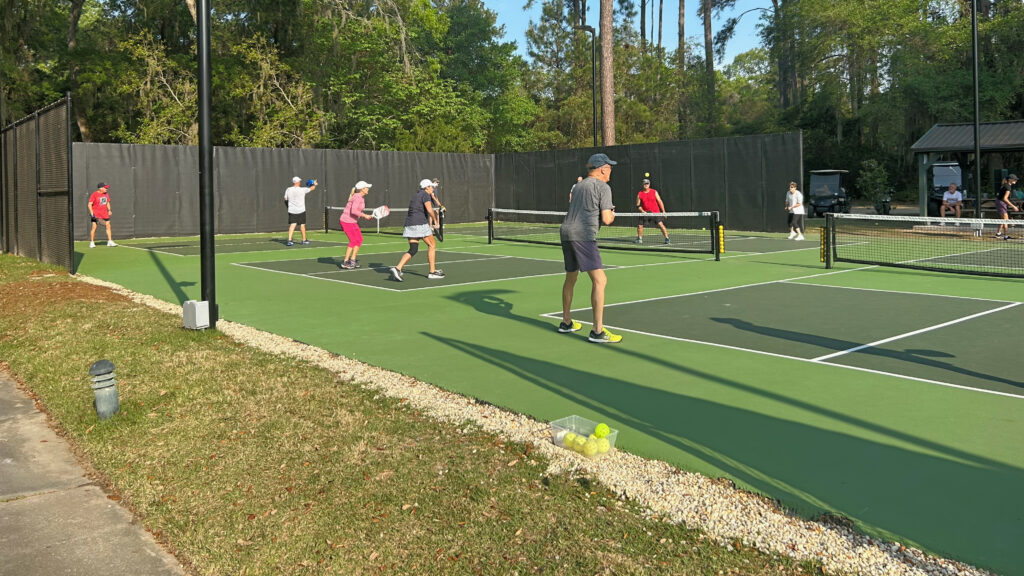
Pickleball Noise Barriers
Thoughtful Court Surfaces: Opting for court surfaces with noise-absorbing properties can significantly reduce the impact of footfalls and ball bounces. Materials designed to minimize sound propagation can create a quieter playing environment.
Exterior Acoustic Paneling: Integrating acoustic absorption panels strategically around the court can absorb sound waves and mitigate the overall noise levels. These panels are designed to reduce echo and reverberation, enhancing the auditory experience for both players and spectators. Acoustic absorbers for pickleball are often combined with noise barriers for optimal efficacy to reduce pickleball noise and sounds.
Quieter Ball Designs: Ball manufacturers are researching materials and designs that minimize the noise generated upon impact. Quieter balls can maintain the integrity of the gameplay while minimizing the disruptive noise.
Scheduled Play Hours: Establishing specific hours for Pickleball play can help manage noise concerns, allowing for recreational enjoyment during designated time slots while ensuring quiet hours for residents.
Player Awareness: Raising awareness among players about the noise impact and encouraging considerate gameplay can create a more respectful atmosphere on the court. Emphasizing controlled movements and minimizing unnecessary noise can contribute to a quieter environment.
Engaging the Community: Collaborating with the local community and residents can lead to effective noise management solutions. Seeking input from neighbors and implementing mutually agreeable measures can help strike a balance between the sport and the need for peaceful coexistence.
The Acoustic Shadow and Rules for Sound Barriers
As mentioned, acoustic pickleball noise and sound barriers can help reduce noise escaping a court and annoying neighbors. However, it is important to understand how sound and noise barriers work when evaluating if they are solution for your particular application. Here are some rules:
- A noise barrier should break the line of sight between the noise source and noise receiver.
This is the number one rule when it comes to pickleball courts. If neighbors can see down into the court from 2+ stories in their home or apartment, a noise barrier will do nothing to block sound from that vantage point. You’d need an extremely tall fence and barrier to block that noise! - The taller and wider the noise barrier, the fewer opportunities for flanking noise.
In general, barriers should be twice the height and width of a noise source. With pickleball, we know that fencing is generally 8-12ft high. The higher the better.
To illustrate point #1 we often talk about the acoustic shadow. The image below shows how a noise barrier works. The area in dark gray is where noise is blocked at a distance.
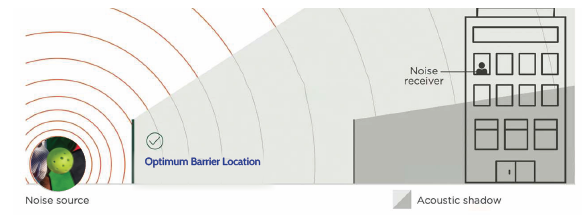
Conclusion
Pickleball’s popularity continues to grow, but the associated noise can pose challenges, especially in shared spaces. While the distinctive sound of the ball hitting the paddle and the energetic nature of the game are fundamental to its appeal, finding ways to mitigate excessive pickleball noise and sounds is essential for fostering positive interactions within communities. Through innovative paddle designs, court modifications, and player education, we can strike a harmonious balance between the thrilling world of Pickleball and the requirement for quieter surroundings. As the sport evolves, so too will our strategies for maintaining a pleasant auditory environment for players and neighbors alike. Many people are getting involved in community groups online to discuss options for noise control. We are happy to be involved in the conversation.
-
April 11, 2024
Acoustic Improvements at Provincetown Public Library
-
November 16, 2023
How to Soundproof a Room
-
September 26, 2023
Quieting the Racket: Understanding Pickleball Noise and Effective Solutions
